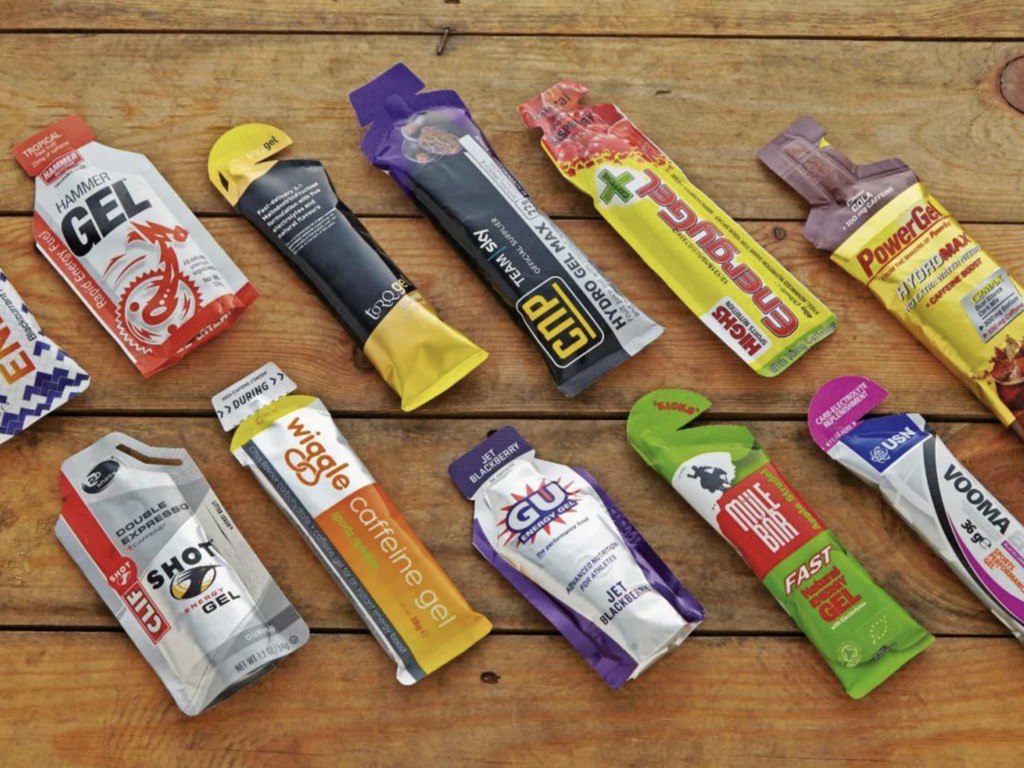Doing sport, we are more concerned about something else — how to satisfy one’s hunger or thirst. And we want it to be fast , on the move (during running or cycling), efficient (to immediately feel a surge of energy) and as comfortable as possible (to fit in your pocket) .Sports nutrition is more about carbohydrate gels and bars, coffee and caffeine gels, bananas, pasta, oatmeal, carbohydrate gels and bars, salt tablets, amino acids, rehydrone and even coke, Red Bull and other sugar-containing drinks.
As you can see, there is not so much in common between sports nutrition and a healthy lifestyle. That’s first.
The second important difference is the calorie volume. In a healthy lifestyle, everyone counts calories to avoid overeating. In sports, it is very important not to be hungry. A sports enthusiast spends at least 3–3.5 thousand calories / day. This is 50% more than the usual person who lives a healthy lifestyle. And these 3–3.5 thousand you need to eat somehow. Start eating 2 thousand you will soon lose energy and and that’s it, forget about sports. Only by sitting on a chair can you be painlessly undernourished by 10–15% and look like a million dollars at the same time.
Those actively involved in sports are concerned about the following issues:
⚡️What to eat , because you always want to eat?
⚡️What to eat before, during and after training and on the day of competition?
⚡️ What and how much to drink before and after training and competition?
⚡️ How to eat in a hot environment or in the mountains?
⚡️How to prevent cramps?
⚡️How to lose weight before the start and at the same time maintain physical shape?
⚡️ How to stock up with complex carbohydrates before the start?
⚡️ On what pulse you can eat, and on which one is it better to just drink, and why, and so on.
Let’s start simple and outline the basic rules of sports nutrition:
🍔 The athlete’s diet should be consistent with the energy calorie expenditure. Do not try to eat 2 thousand calories, while spending 3.5 thousand. You will forget about sports very soon.
🍔 The main source of energy in sports are carbohydrates. They should make up the majority of your daily diet.
🍔 During the competition, you will not be able to “eat” as much as you expend. In your body (and not in your pockets) you should have a “store”.
🍔 The most effective reserve source of energy for the body are fats (not to be confused with the body fat). Teaching the body to use them is not easy. This requires special training — a combination of physical activity and diet.
🍔 At a heart rate above 150 beats, it is better not to eat, but to drink. The intestines do not receive enough blood to break down the food, all the blood goes to the muscles. Start drinking Coke or Red Bull — these are the 2 most efficient sources of energy for runners.
🍔 Gels and other sports nutrition require some time to get used to. Don’t try to experiment with them at the first start. This could end up badly for your stomach.
🍔 The loss of fluid and salt during a race cannot be compensated during the race — no matter how much you drink. This leads to tics and cramps. Learn to store fluid and salt in your body beforehand.
🍔 The magic words about “complex carbohydrates” do not solve all problems on long distances. During workouts , train your body to consume the right food at different intensities, weather conditions, and altitudes.
Most likely, we have confused you a little. And we will try to puzzle out each topic gradually.
So, where do we start?
